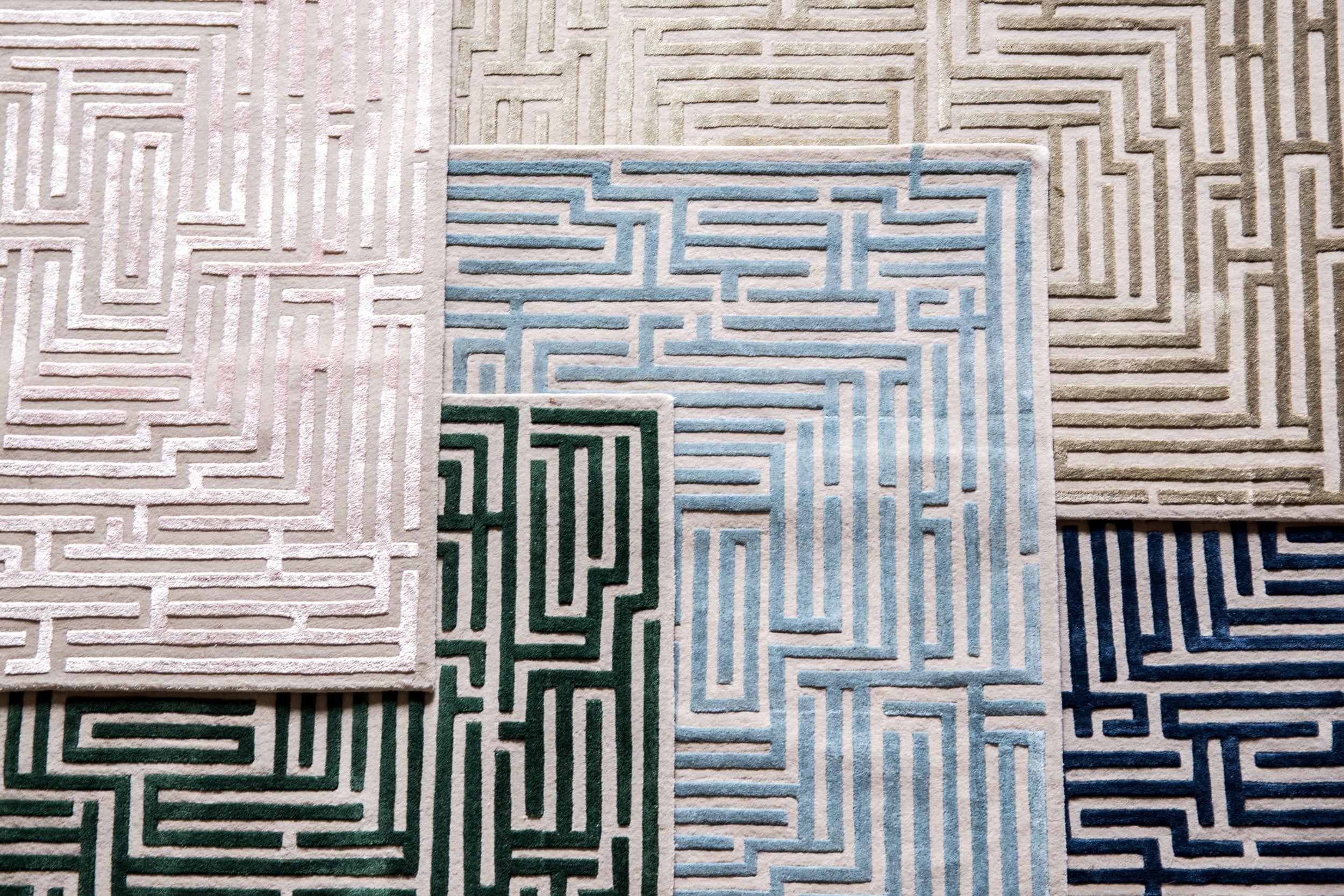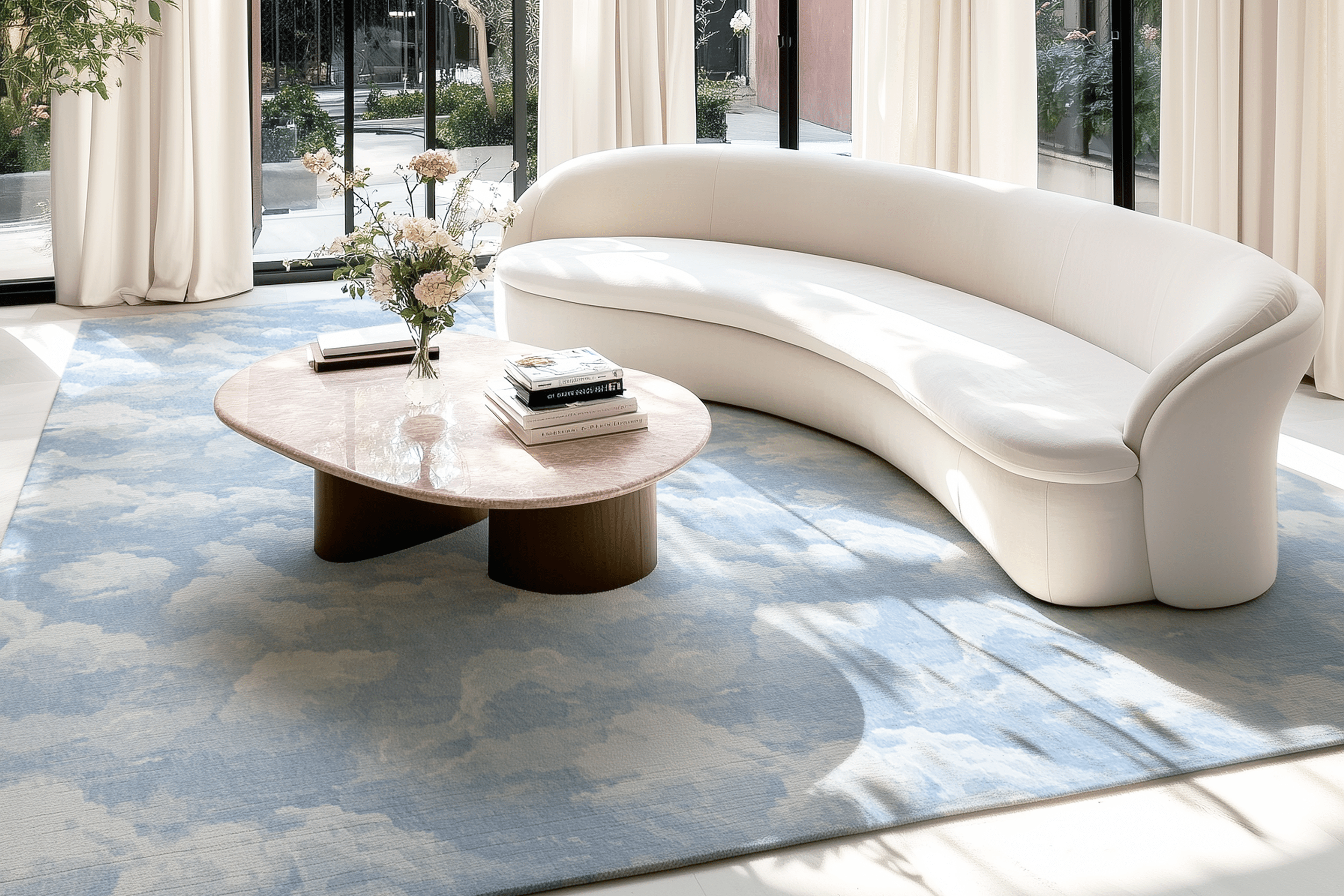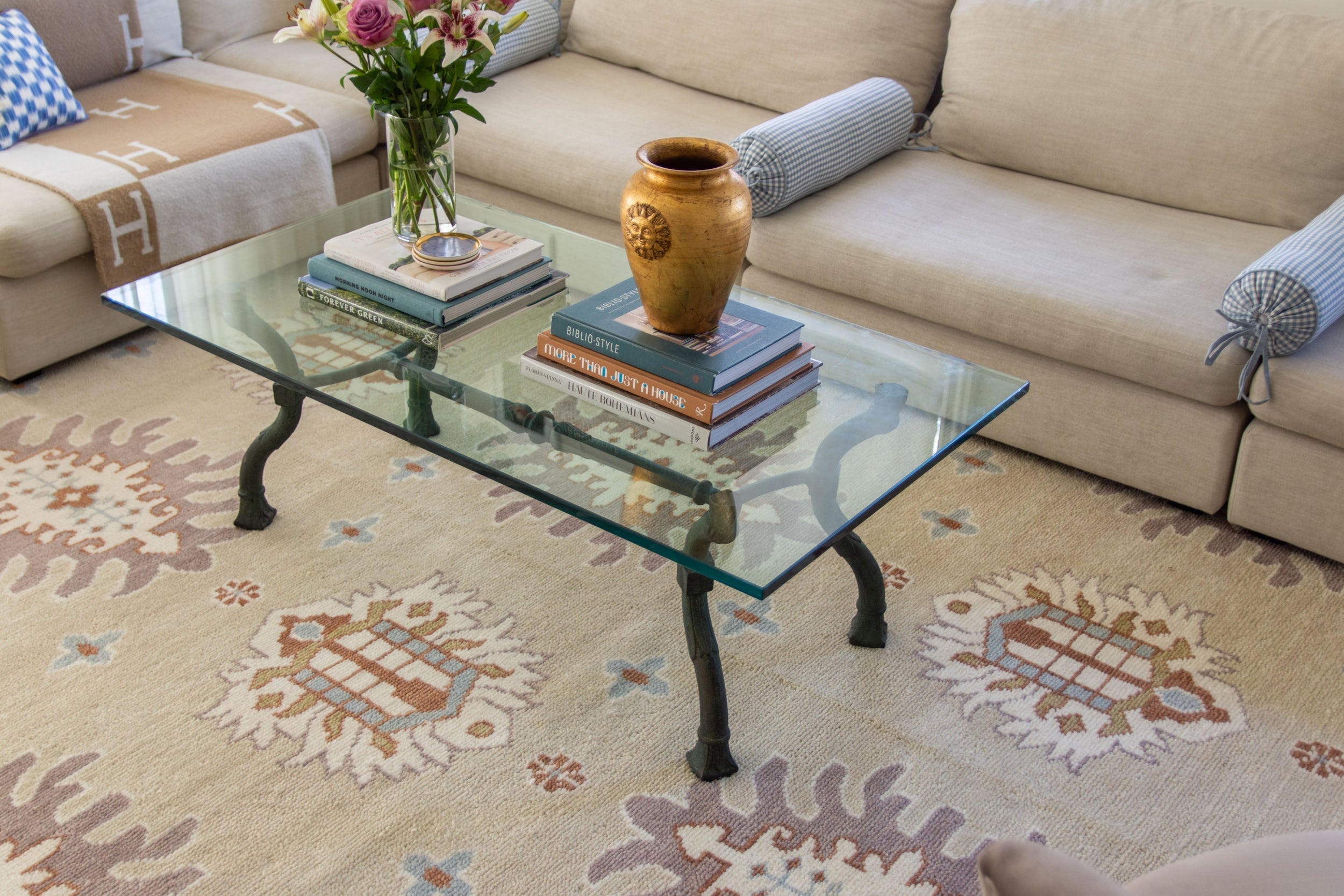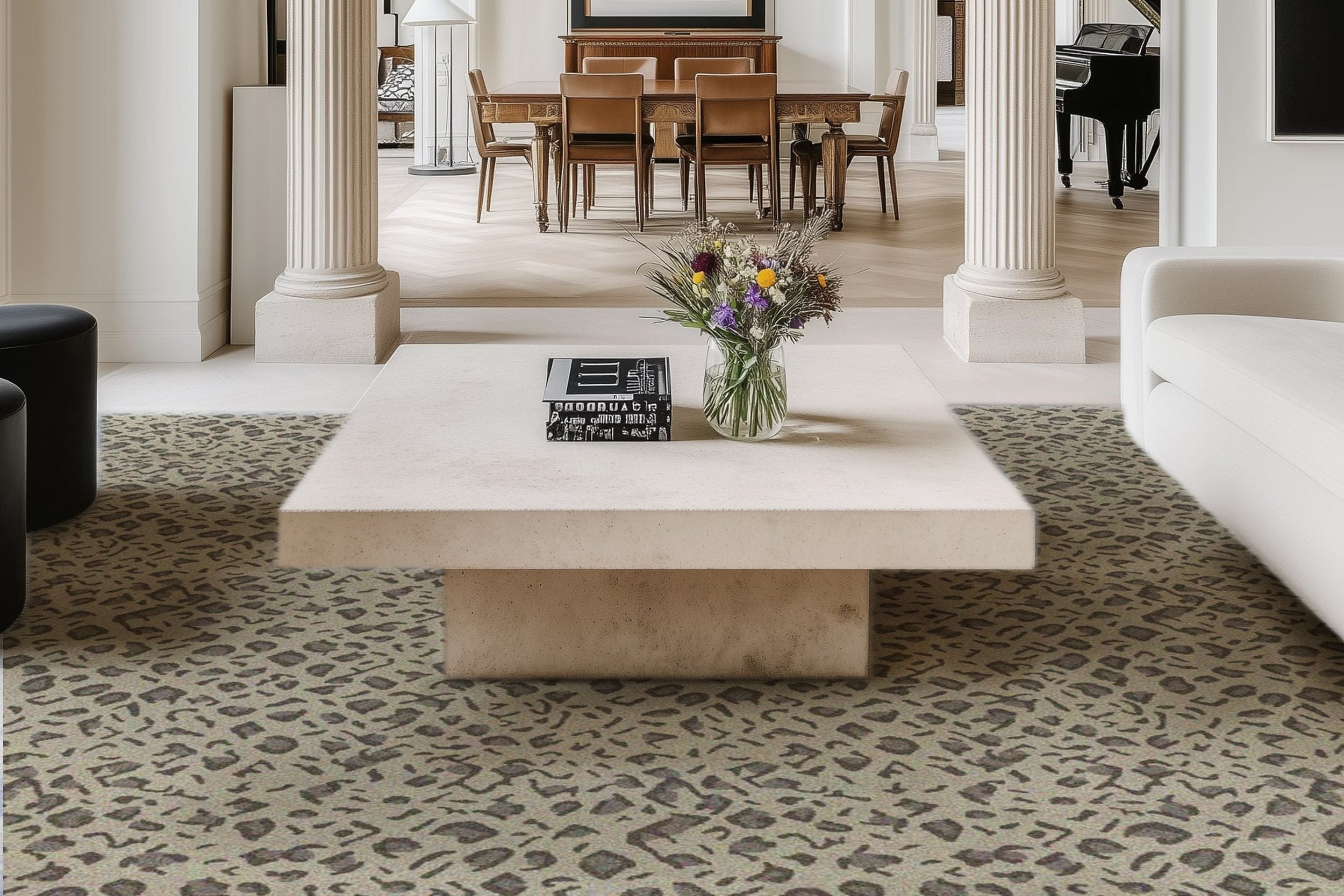Upcoming Trends & Designs: Imagining the Kitchens of the Future

Looking back at their evolution over the centuries, it’s impossible not to notice that kitchens, more than any other room in the house, have come a long way not only in terms of design and efficacy but also in the role they play in our lives, mirroring the spirit of the times and people’s changing needs. No longer just a cooking and meal prep station, kitchens have morphed into true social hubs where family and friends come together to enjoy hearty meals, chat, and bond.
As for aesthetics, from the ornate decor and quintessential wood furniture of the Victorian era kitchens to the pastels and round-shaped appliances of the ‘50s or the dazzling colours and patterns of the ‘60s, a multitude of designs and trends paraded in front of our eyes, some more enduring and memorable than others.
This versatile space has witnessed so many changes throughout the ages that it’s only natural to wonder what other transformations we might see in the decades to come. With trends coming and going so fast these days and so many elements fighting for attention, it can be hard to picture what our kitchens will look like in 40 or 50 years’ time. However, we can get a pretty accurate idea of the direction in which things might evolve by paying attention to predictions from industry leaders and designers regarding the features and styles that are going to shape the kitchens of the future.
Automation for enhanced efficiency
In the era of connectivity and smart homes, it’s hardly a surprise that modern-day kitchens are becoming multifunctional technology-driven hubs, regardless of their outward appearance. Cutting-edge appliances and advanced solutions are already revolutionising kitchen design and transforming the way we interact with these spaces by automating many of the tasks and activities that take place here, helping us save time and effort.
It stands to reason that this trend is likely going to continue in the future, potentially with a special focus on the objects and equipment that haven’t yet been touched by automation such as drawers, cabinets or cooker hoods. Although this might not bring any notable changes in terms of appearance, more elements are bound to fall into line with the rest of the tech-infused kitchen fixtures.
The digital makeover might also include greater connectivity and interactive features that will allow us to communicate with and control different items and appliances via voice commands, making the kitchen experience all the more convenient.
Meeting different needs through personalisation
Up until now, homeowners have been swayed by different design trends and styles when creating their dream kitchens, depending on what resonated best with them. The problem with being guided and influenced by the trends of the moment is that they change rapidly. The materials, colour schemes or themes that were all the rage a couple of years ago might be deemed obsolete by today’s standards and prompt people to renovate their spaces more frequently.
We might see a different approach in the future where instead of following a specific trend or style, people will break away from uniformity and focus more on adopting features and aesthetics that are tailored to their personal needs and preferences, creating spaces that are unique to them and leading to a wider variety of designs. For example, those with a busy household and a passion for cooking and entertaining might prioritise large pantries, specialised appliances and smart storage solutions to help them keep their kitchens clutter-free while supporting their daily needs. This tendency toward individuality and personalisation is going to translate into more bespoke elements and a higher level of customisation and craftsmanship.
Minimalist design
Minimalist kitchens are a very popular option nowadays because they resonate with people’s modern lifestyles and needs. With their simple and sleek lines, streamlined designs, uncluttered and perfectly organised surfaces, and a functionality-first philosophy, they make cooking and cleaning easier and ensure a stress-free environment that is highly appreciated in today’s hectic world.
As we look into the future, experts predict that the desire for simplicity and minimalism is going to increase. As a result, we might see features like integrated appliances, pantries of all shapes and sizes, or handless kitchens rise to the top of people’s preferences and become staples in kitchen design.
Sustainability and eco-friendly materials
As environmental concerns remain a persistent issue and the whole world is transitioning towards a greener future, so will our homes and, consequently, our kitchens. Sustainability in the kitchen will be a common theme in the years to come, putting the spotlight on energy-efficient appliances, clever recycling and waste management solutions, motion sensor faucets and other tools and improvements that will help designers and homeowners create eco-friendly spaces and minimise the carbon footprint.
The use of environmentally conscious materials in also expected to become a widespread practice in the interior design landscape. This means people will take into consideration factors such as durability and longevity, availability, impact on the planet and costs when choosing materials for their kitchens. Salvaged wood, stainless steel and an influx of recycled or upcycled products will find their way into our homes.
Seamlessness for cohesive interiors
With a clear preference for open-plan layouts and designs that facilitate communication, connection and togetherness, the barriers between living spaces and kitchens are expected to become blurrier, which could determine homeowners to embrace solutions for concealing kitchen equipment and therefore create a seamless transition between different areas of the house and ensure a unified look.
So, far from turning into sterile Sci-Fi-like spaces like some might assume, the kitchens of the future will most probably be influenced by new design approaches that prioritise personalisation, functionality, sustainability, minimalism and the integration of innovative solutions. This evolution will highlight people’s changing needs and the necessity for creating spaces that support individual requirements.
Browse by Category

Design Projects
Explore interiors from client work and personal renovations — layered, livable, and always in progress.
read more →
Collaborations
From product launches to styled spaces, discover the brand stories I’ve helped bring to life.
read more →
The Notebook
A growing archive of iconic designers, inspiring artists, and unforgettable design moments.
read more →
Travel by Design
Wander with a designer’s eye — from charming hotels and city guides to visual inspiration abroad.
read more →




